Sannakji, jusayo!
 “There comes a day in the life of every creature when his time in this sea has reached its end. Some leave their body behind and become part of the reef, and others – they vanish without a trace. It has been said that those of the latter are drawn upward and out into the space beyond the great ripple in the sky. Up they go, on to the next life of peace and happiness; a life where constant awareness for self protection becomes unnecessary, where energy need not be expelled in learning the meticulous art of camouflage, and where the fear of being eaten alive by your temperamental partner during ‘species conservation’ is diminished. It’s a place you can bottom-feed all day long and graze among the reefs in peace and serenity. A place you can be free.”
“There comes a day in the life of every creature when his time in this sea has reached its end. Some leave their body behind and become part of the reef, and others – they vanish without a trace. It has been said that those of the latter are drawn upward and out into the space beyond the great ripple in the sky. Up they go, on to the next life of peace and happiness; a life where constant awareness for self protection becomes unnecessary, where energy need not be expelled in learning the meticulous art of camouflage, and where the fear of being eaten alive by your temperamental partner during ‘species conservation’ is diminished. It’s a place you can bottom-feed all day long and graze among the reefs in peace and serenity. A place you can be free.”
This is the unfortunate story of a day in the life (the last day, to be exact) of a small octopus off-shore one of the largest port cities on Earth.
It was an average evening for this cephalopod mollusk; anxious for return to the coral reef after a long day hunting nourishment for his little body and practicing his color changing. Along the journey back to familiar waters he was distracted by a gathering commotion, and being an inquisitive fellow he kicked backward with the force of eight muscular legs and darted forth to investigate. Upon prompt arrival at the scene, this little guy found himself ‘caught in a net’, if you will. There was little time to gather any sense of the situation before his marine friends closed around him in a tight squish, and a sickening feeling of motion in an unidentifiable direction took hold. Once the motion had subdued a quick drop onto a hard wooden surface relinquished the uncomfortable pressure. Stillness set in like a brick, as his cognisanse was filled with nothing but the uncomfortable feeling of water being robbed of his skin and his frustrating inability to kick back and swim away. After a numbing succession of bangs, thuds, pulls of the legs and pokes of the eyes, he was returned to a natural state of anti-gravity and refreshed skin and could finally retain a sense of bearing. A gripping feeling of dread quickly set in as he bumped with head and limbs into a circular constraint that allowed little room for personal space between him and his desperate counterparts. It was now completely dark, yet he did not sleep.
After what seemed like eternity the weary little octopus came into consciousness by a sudden flood of bright light, and could hear muffled sounds unrecognizable to his ears. A large, dark figure came into view on the other side of the rippled divide, and in a sad naivety he wondered if this was the place of which he had heard stories; the place beyond the great ripple where the fortunate ones go to live in peace and serenity. The sickening delirium radiating from his insides made this persuasion very difficult as he began a succession of countless pours, transfers, and mixes with living contents of other tiny circular habitats. Once this irritating sequence came to a close, his was laid to rest and the true identity of this mysterious place dawned: perdition. Clear as the sun in the near sky, death was present in a neat row of silver, scaly tails hanging overhead just beyond the rippling divide. This is what really happens to the ones who disappear without a trace; something worse than could ever be fathomed back in the comfort of the reef.
As the sun grew higher the heat beat down into the shallow pool, and the tall, dark figures began to replicate. They peered down at him by the hundreds as he swam in circles in panic. In pathetic desperation, he swung his long appendages up through the rippled divide, draping them over the edge of his confinement and pulled upward, launching his body up onto the ledge with all the life left in his weakening legs. He could feel the firm ground of freedom momentarily, until a swift plop landed him back into the water. Repeated attempts offered him no vantage over the large dark figure keeping watch over his holding cell – it was hopeless.
As the day wore on the fellow prisoners slowly diminished one by one to the hands of the giant, dark, mumbling figures, he had completely lost faith. He still knew not his fate that lie at the hands of the figures, but he knew there was no escape and willed for it to be over.
“Sannakji, jusayo!” The declaration pierced the humid air, as a group of salarymen stumbled into the tent off the main alley of the Jagalchi Fish Market. In passing one of them inadvertently kicked a nearby octopus bucket, yet remained seemingly unfazed by the stale, sea creature juice that now soaked his expensive alligator skin shoes. “Sannakji rang soju: hana, dul, set!” Slight inebriation was merely a stepping stone to the remainder of the evening for these men in Busan, South Korea. Soju (traditional Korean rice alcohol) was in high demand and of course, no alcohol consumption sans anju in this town! On this warm, early summer evening, the men were out for the local delicacy – Sannakji, or raw octopus tentacles freshly chopped from the source and still wriggling on the plate after hand selection from a bucket near the table. After all, partial animate existence is the next best thing to plucking the thing right off the fishing line and into your mouth like popcorn. Though having been at the demands of her physically laboring job since 5AM, the waitress was swift to retrieve these hungry men their snack after a long week’s work. Its feeble escape attempts threatened no hindrance for which she hadn’t culminated a simple remedy for through her countless years at this very market. Securing the small frantic creature with one age withered hand and clutching basic kitchen scissors with the other, she swiftly separated the creature from its appendages and dressed them on a ceramic plate with sesame oil and seeds. As luck had it, these particular salarymen on this particular evening were no amateurs, and despite a potentially lethal fight for revenge the tentacles were easily vanquished by their teeth, tongues, and saliva. On this day, these men remain triumphant, and will continue to reside among the majority of those who take victory over this particular Korean delicacy… for now…



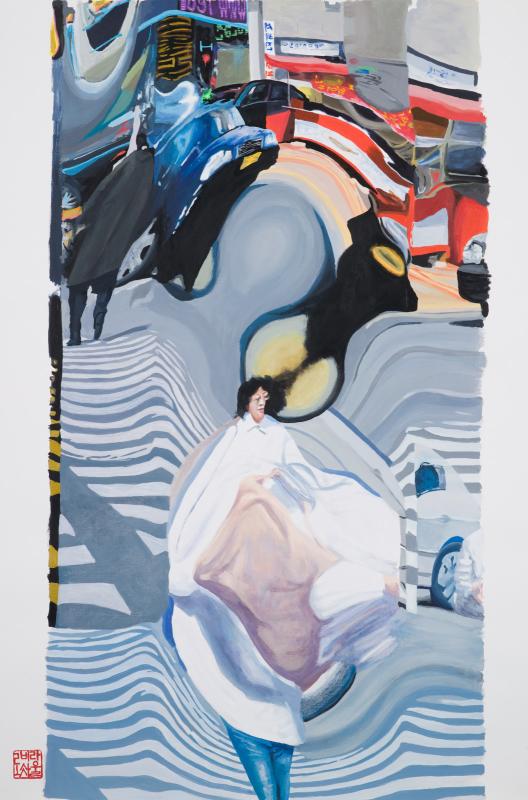
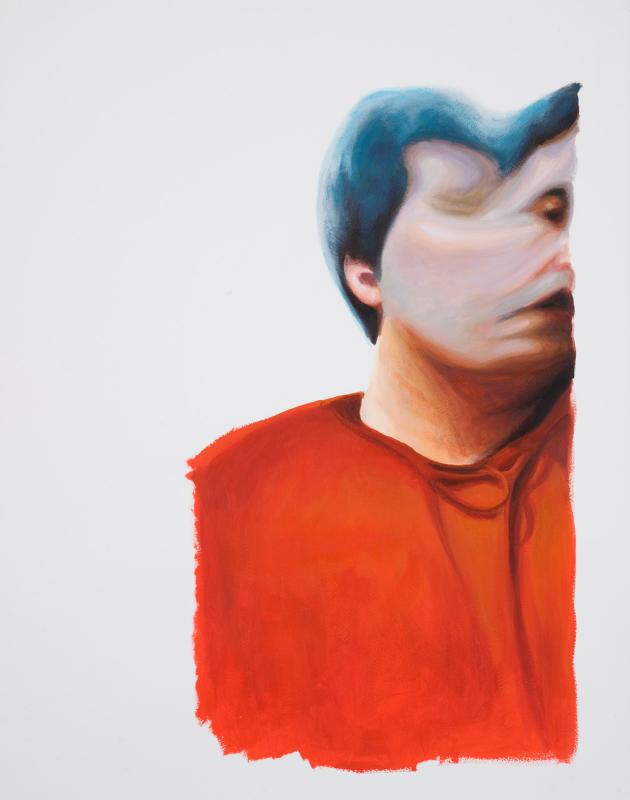



 RSS Feed
RSS Feed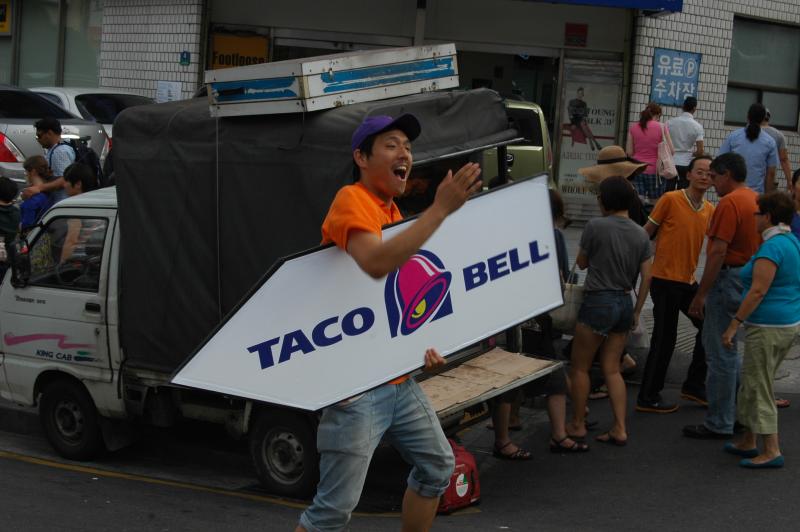

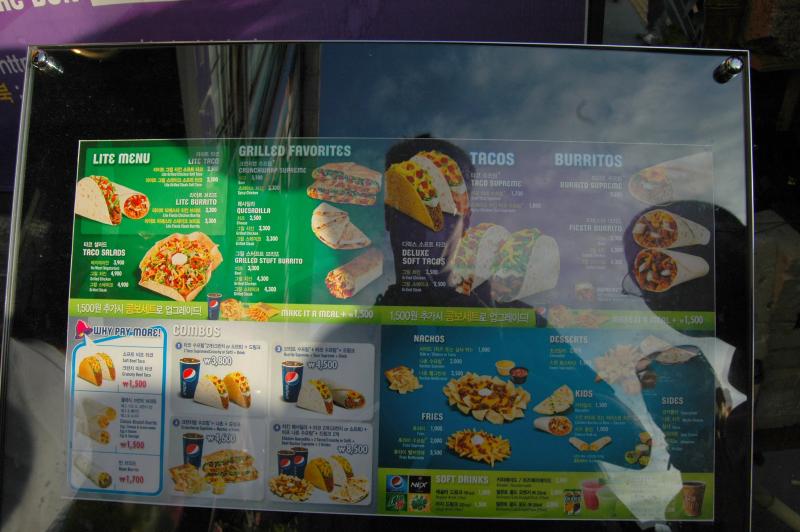
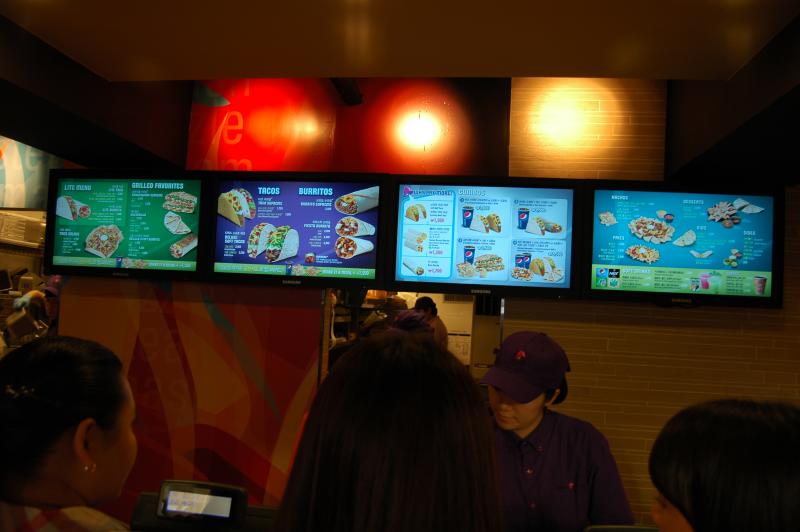
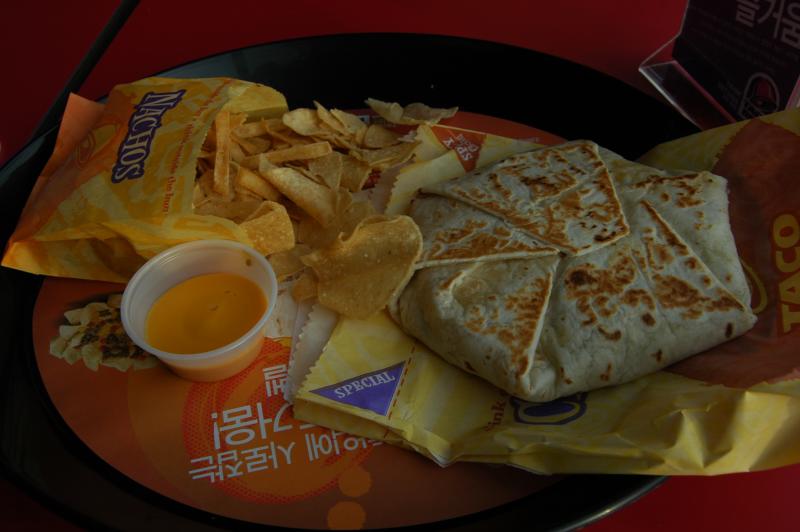



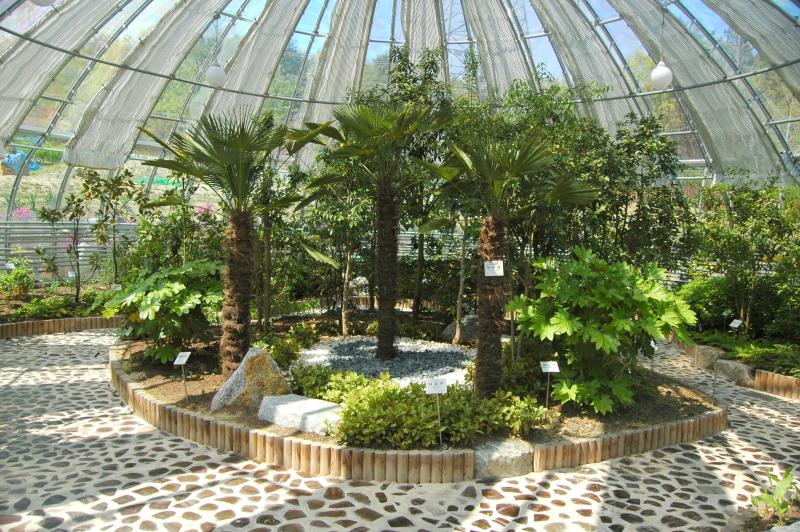
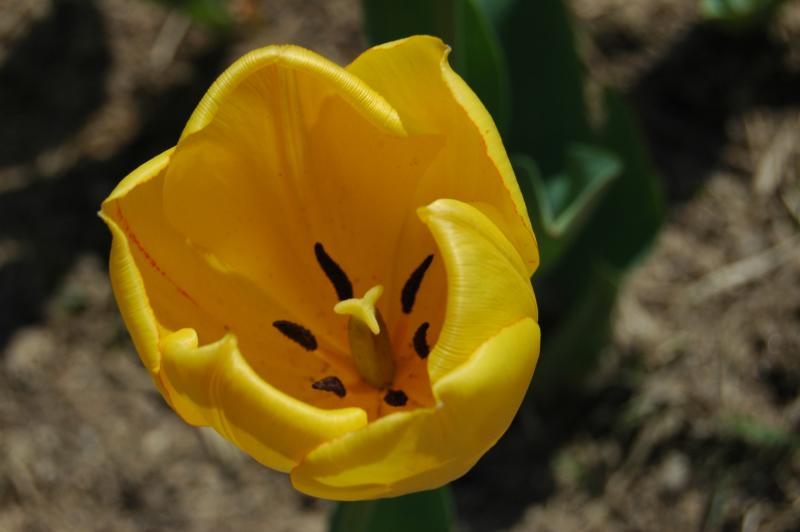
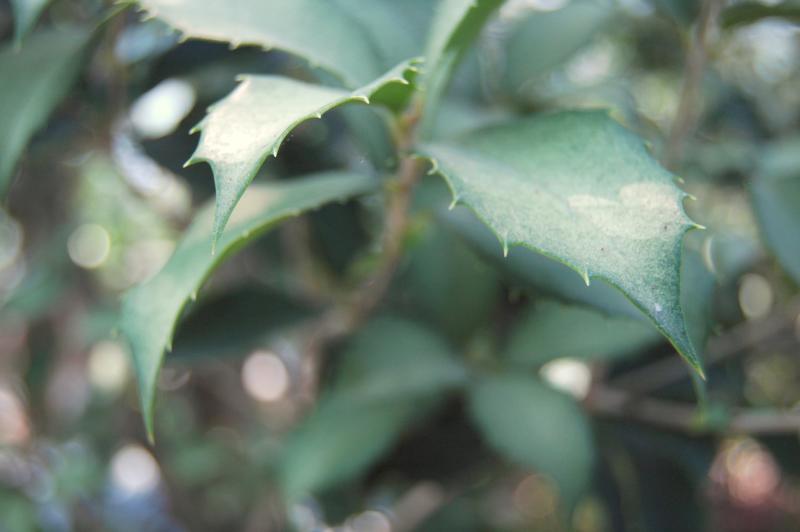
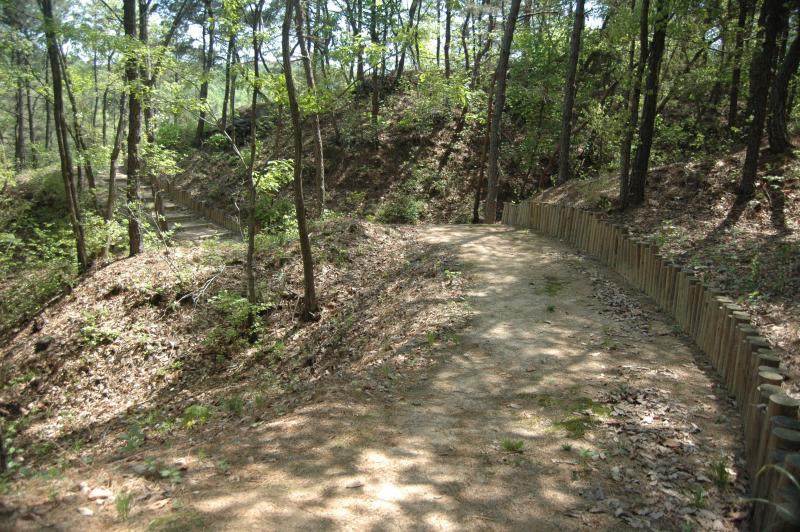
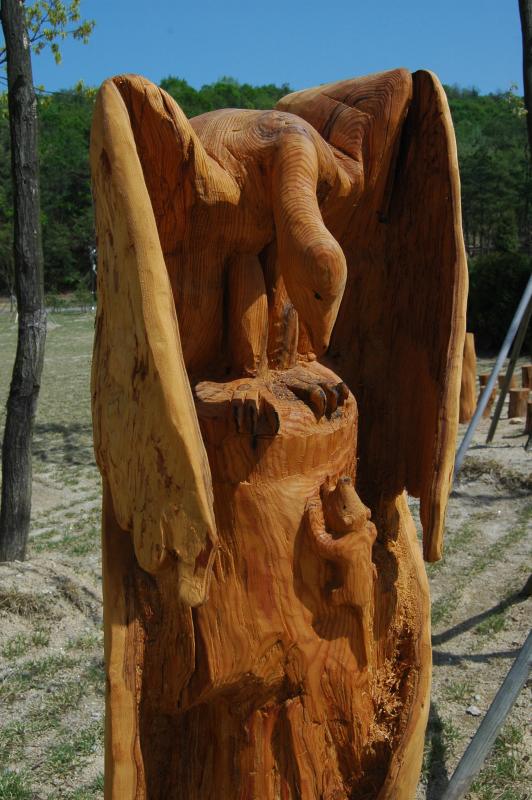




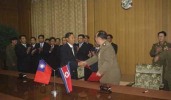 Yangon is helping to extend Iran’s strategic reach in Southeast Asia.
Yangon is helping to extend Iran’s strategic reach in Southeast Asia.
Recent comments